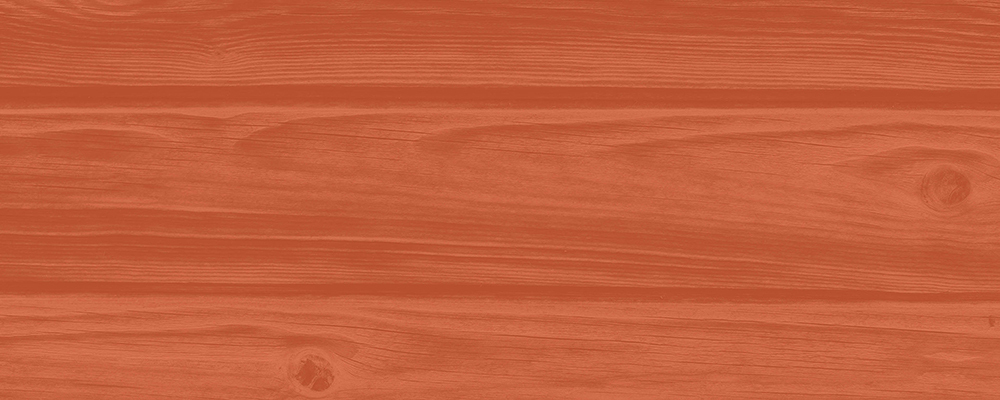Mass timber is a class of engineered wood product made from layers of wood that are glued, heated, and laminated under pressure. The pattern of wood layers and laminating processes can differ, but all mass timber products are engineered to be used as structural elements such as beams, columns, and panels. The most common variations are glulam (glued laminated timber), laminated veneer lumber (LVL), cross-laminated timber (CLT), and nail-laminated timber (NLT).
Glulam and other mass timber products offer attractive, flexible solutions to provide strength and stability to cottage structures. Glulam beams, for example, can support the roof in open concept layouts. They’re also used as joists for floor framing, to construct open-tread staircases, or as headers over large window and door openings. The moisture-resistant resin in glulam adds durability in wet environments such as boathouses and docks.
Cottage Q&A: Pressure-treated docks and lake water
Wood, when harvested sustainably, is a renewable resource that locks in carbon dioxide—and that makes mass timber a more environmentally friendly building material than steel or concrete. Mass timber manufacturing also consumes less energy and generates fewer greenhouse gas emissions than concrete or steel. And any leftover wood pieces can be recycled into other engineered wood products.
Because mass timber doesn’t transfer heat like steel beams, for instance, it can also make for a better insulated, more energy-efficient cottage. It can even be coated to make it more fire resistant.
Are these the cottage building materials of the future?
Are there downsides to using mass timber? While many types look good enough to leave uncovered, you will have to maintain exposed pieces, like any wood, or it can warp or decay. Plus, the larger the structural pieces you need, the fewer suppliers who are able to manufacture them, which can add costs
or delays to your cottage build.
This article was originally published in the Winter 2023 issue of Cottage Life magazine.

Build it, fix it, get it done!
Get Dockside DIY, for tips on how to maintain your cottage…and then some
Sign up hereRelated Story Why the next generation of wood siding is perfect for your cottage or home
Related Story This guy turned an old boat…into a shed?
Related Story How to recalibrate your oven’s temperature